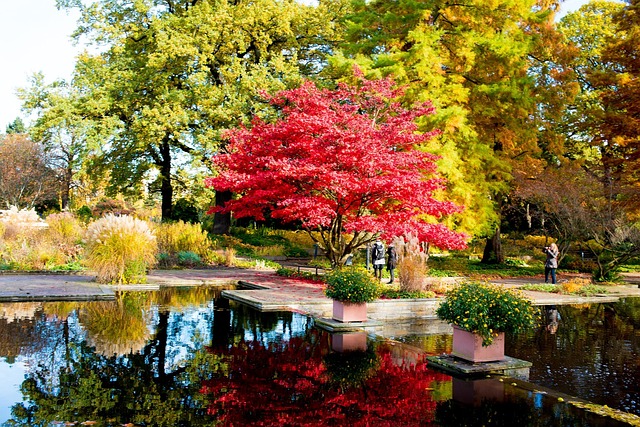The Eco-Friendly Guide to Cultivating a Planned Nature Garden
In an age where environmental conservation is at the forefront of our collective consciousness, the concept of a planned nature garden resonates deeply with both seasoned gardening enthusiasts and novices alike. By embracing the principles of eco-friendliness and natural harmony, we can create beautiful green spaces that support biodiversity while providing us with nourishing vegetables and fruits.
Understanding Nature’s Balance
To cultivate a successful planned nature garden, it’s essential to first understand the ecosystem you are working with. Every garden reflects a unique mixture of soil, climate, and flora. Observing the native plants and animals in your area allows you to create a space that is not only ecologically friendly but also thrives with minimal intervention. Consider incorporating perennials that are well-adapted to your local environment, as they require less water and maintenance, ultimately reducing your garden’s ecological footprint.
Designing with Eco-Consciousness
Designing a planned nature garden means thinking strategically about layout and plant selection. Companion planting is one effective way to enhance biodiversity. For instance, pairing tomatoes with basil can not only create a flavorful culinary duo but also minimize pests naturally. The deliberate arrangement of crops in this way not only maximizes yield but reinforces a natural balance, making your garden healthier and more productive.
Soil Health and Natural Sustainability
The foundation of any garden is its soil. Implementing practices to maintain and improve soil health is crucial for an eco-friendly garden. Techniques such as composting, using organic mulches, and employing crop rotation can help nourish the soil naturally. By adding organic matter, you not only enrich your soil but also strengthen its ability to retain water, reducing the need for irrigation. Remember, healthy soil equals healthy plants.
Water Conservation Strategies
Water is a vital resource, and in an eco-friendly garden, efficient water management is essential. Consider installing a rainwater harvesting system to collect and utilize rain for irrigation. Additionally, incorporating drought-resistant plants can drastically diminish your water usage while still allowing for a vibrant garden. Drip irrigation systems are also a great way to target water delivery directly to the roots, ensuring minimal waste.
Encouraging Biodiversity
A planned nature garden is one that attracts and sustains a variety of wildlife. Planting a mix of native flowers, herbs, and trees can invite pollinators like bees and butterflies, as well as beneficial insects that help control pests. Building birdhouses and bee hotels can further promote biodiversity, giving various creatures habitats to thrive in your garden. Engaging with the local ecosystem not only contributes to environmental health but also creates a more vibrant garden atmosphere.
Going Beyond Planting
Creating a truly eco-friendly planned nature garden involves more than just planting. It’s about fostering a mindset of sustainability. Engage with your community through workshops on organic gardening, or share your experiences and tips through local gardening clubs. This not only spreads awareness but cultivates a collective effort towards greener practices and greater environmental appreciation.
In conclusion, diving into the world of planned nature gardening offers a fulfilling way to connect with the environment while producing your own fruits and vegetables. By promoting eco-conscious practices, you can nurture a thriving garden and make a meaningful impact on the planet. Ultimately, from the smallest seed to the grandest design, you are contributing to a greener future, one planned nature garden at a time.




